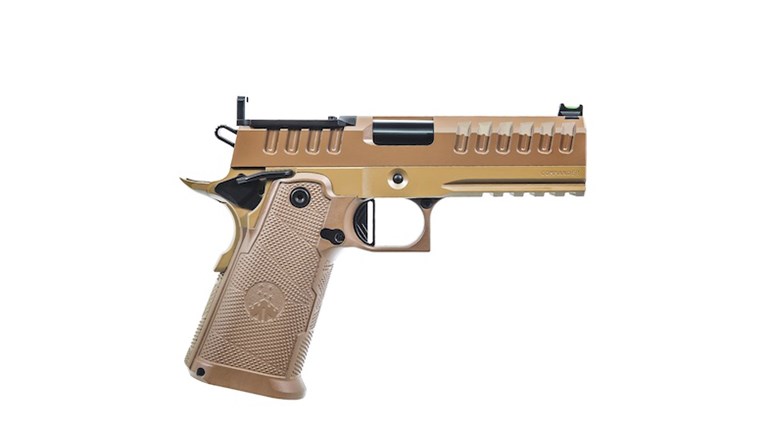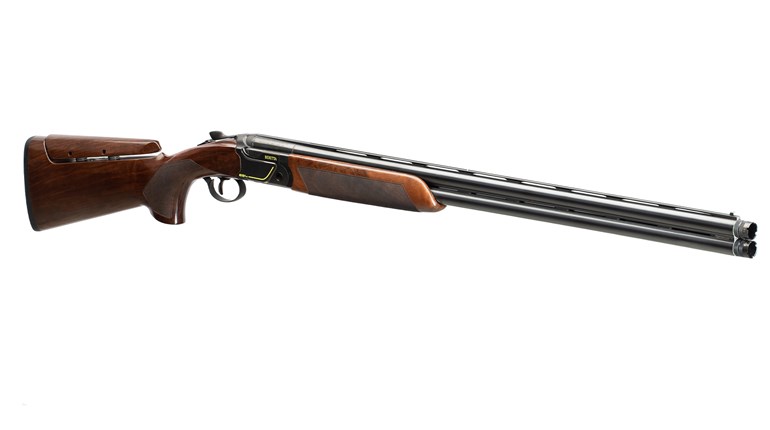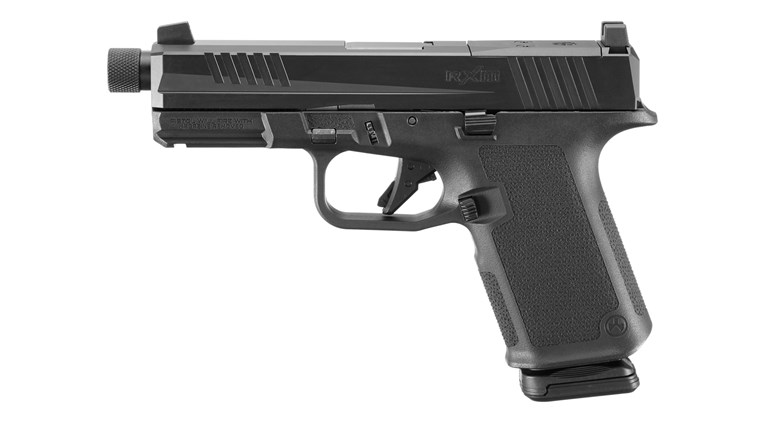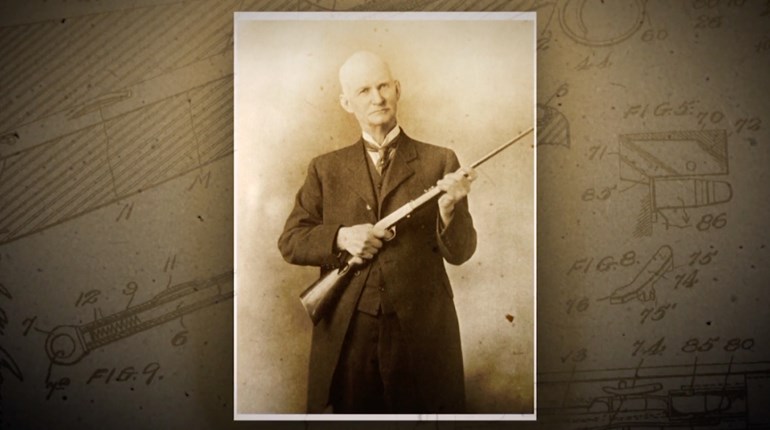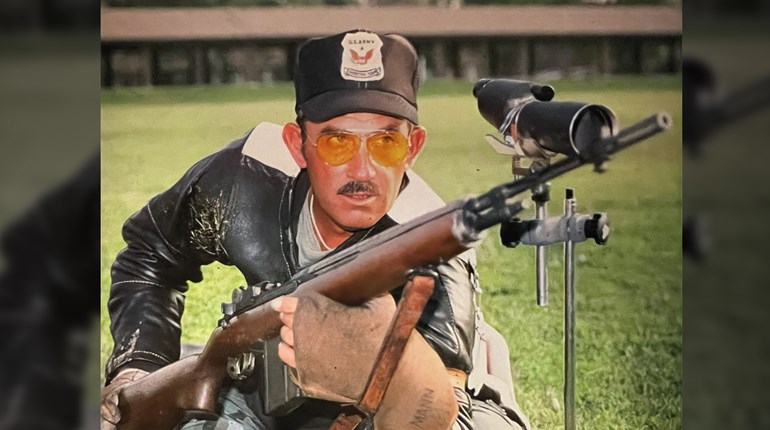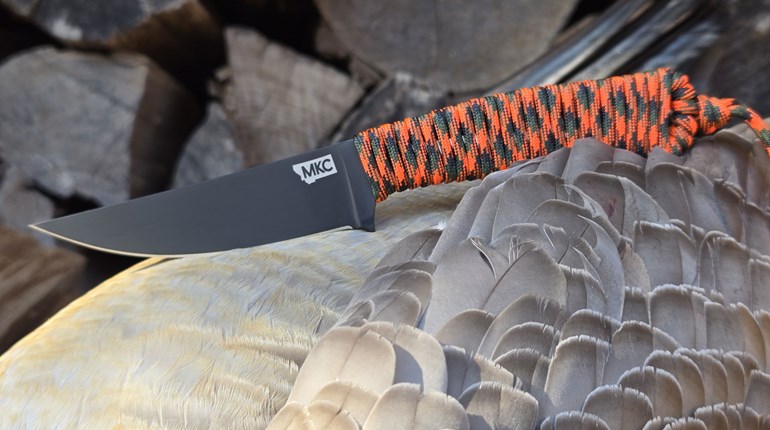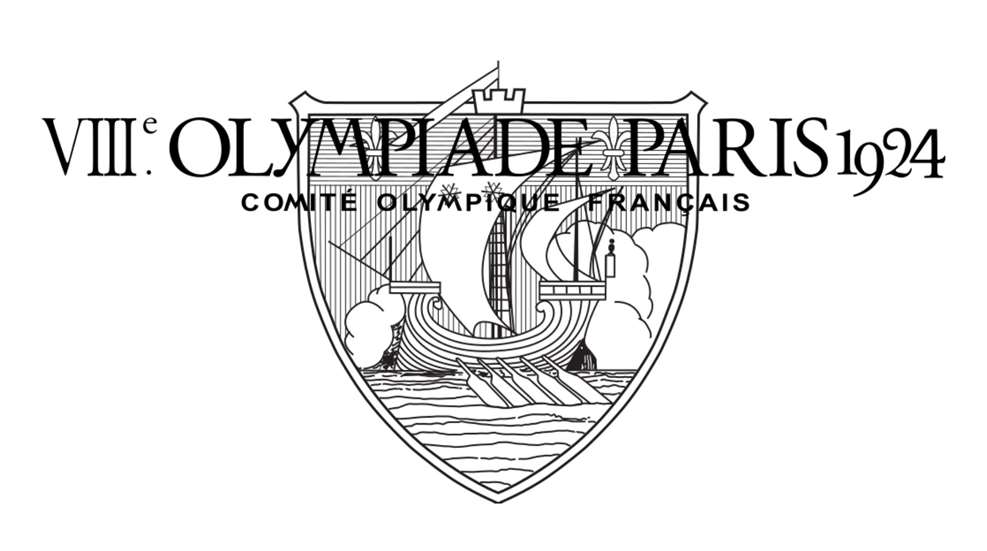
The below is an excerpt from the 1978 book, Olympic Shooting, written by Col. Jim Crossman and published by the NRA. Read Part 1.
1924—Paris: No Kitchen Sink (Part 2)
By Colonel Jim Crossman
After their successful trip to England, the shotgunners had a few days' practice on the Olympic traps before the Games. A more important thing, however, was deciding what was going to happen. The Olympic Committee had written to several countries that 6-person teams would be permitted, but the rules for the event showed only 4-person teams. Since some teams had come prepared to shoot 6-person teams while others were prepared to shoot only 4-person teams, this was the occasion for loud discussion in many languages. After some hours, the team captains finally agreed to a scheme which would comply with both rules. Six-person teams could shoot, but only the 4 highest scores would count.
The match was 100 birds per man, fired over 2 days, with no elimination of teams. The first 90 birds were on the continuous-fire system, but the last 10 were 2 men up, shooting at birds from any of 9 traps. The Americans had tangled with the Canadian shooters in England in the previous weeks, and they knew what a tough-shooting aggregation they were.
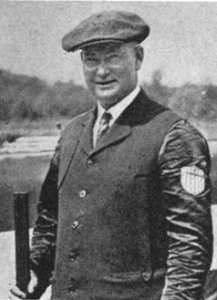
At the end of the first day's shooting, 70 birds per team, the Americans had only a single bird margin over Canada and Finland, and a 2-bird lead on Belgium and Sweden. The next day, at the end of 90 birds, the U.S. group was still 1 up on the Canadians and 2 up on the Finns. On the last 10 targets, unknown angles, unknown traps, Frank Hughes broke 10, Fred Etchen 9 and Sam Sharman 8. By this time the Canadians had finished and, with only Silkworth left to shoot, the whole race hung on his shoulders. He needed to break 5 birds for a tie, but he decided to add a few birds for safekeeping and the Americans won by a score of 363 to the Canadian 360.
Since Frank Hughes was the high average scorer in the U.S. in 1924, with 98.3 percent on 1,000 targets, his 92 in this match, high for the team, shows the difficulty of the birds. The team measured targets that were thrown 70 to 102 yards and estimated that target height varied from 6 to 200 feet, alike for everybody, but far more difficult than the U.S., Canadian and English shooters had experienced. Fortunately, 2 shots were allowed, as in previous Olympics and any gun position was permitted.
The individual race was over the same course as the team match, and at the end of 70 birds and the first day, both Hughes and Montgomery of the Canadian team were leading the field with 70 each. The next morning, shooting in the first squad, Hughes ran into a bad break, as a steady downpour of rain caused him to drop 2 birds. Shortly after he finished, the weather cleared and was beautiful the rest of the day. Hughes dropped one more bird in the last 10, unknown angles, unknown traps, 2 men up. His 97 tied him with Montgomery for third place, Halasy of Hungary and Huber of Finland tying for first with 98. The Hungarian won his shoot-off for first place and Hughes won against Montgomery for the bronze medal.
Only 17, still a schoolboy and the youngest person to make a U.S. International team, Marcus Dunwiddie learned to shoot at the range of the D.C. National Guard.
The big rifle squad had many experienced shooters, including Osburn, 1912 and 1920 Olympics; Fenton, 1920 Olympics; and Fisher, 1920 Olympic free rifle champion. Others had not shot in the Olympics, but they had extensive experience in other international affairs, as well as in matches in the United States. But not Marcus Dinwiddie. Only 17, still a schoolboy and the youngest person to make a U.S. International team, he had learned to shoot on the range of the District of Columbia National Guard after they changed their restrictive policy and invited civilians to shoot.
You would not expect the American hopes to rest on such an untried youngster—except for his fine shooting. He had shot well in getting on the team, and at the International events he had won the international smallbore re-entry match. The squad was not surprised, then, when he turned in a fine score in the Olympic 40-shot standing match. Fired on the range at Rheims at 50 meters on a target with a 10-ring less than 2 inches in diameter, this 40-shot match was a tough one, especially with all the fine European offhand shots working on it.
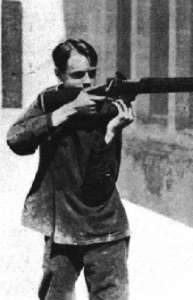
Dinwiddie was undisturbed by the difficulty of the match or its importance. He proceeded to make mincemeat out of the record set in the 1920 Games by Larry Nuesslein. Dinwiddie's record-setting 396 was 5 points ahead of the old score. But before the day was over, this record was raised to an unbelievable 398 by the young Frenchman Pierre Coquelin de Lisle shooting United States Cartridge Company .22 LR ammunition. Hartman of Switzerland also broke the old record with a 394 for third place.
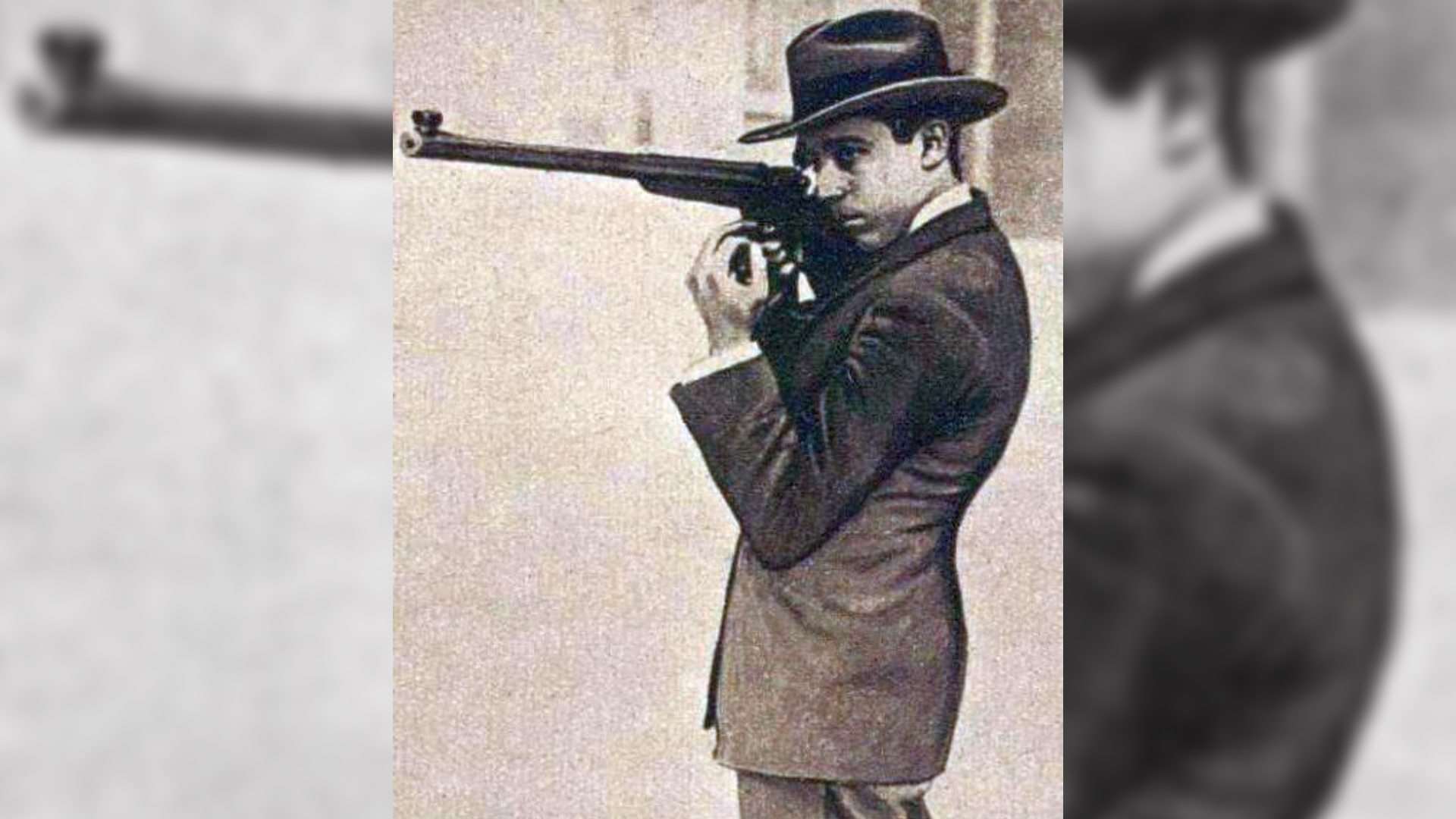
The running deer range at Versailles, just outside the palace grounds, had only one target, but operation was so smooth and fast that the matches ran off on schedule. The rules and conditions were much the same as in previous years, with the deer at 100 meters, running across a 23-meter opening in 4 seconds and the shooter starting with his gun at his side.
This was the sort of practical shooting match that the Americans would be expected to like, but in 1924, as in previous years, no shooter was selected for the squad because of his ability on the running deer. It was a pleasant surprise, therefore, when the U.S. team of Walter Stokes, Fenton, Coulter and Boles shot a 148, to take third place behind Norway's 160 and Sweden's 154 in the team singles match. It was an even more pleasant surprise when Boles turned in a 40 in the individual, topping three 39s and other lesser scores.
The double-shot course-of-fire, with 2 shots to be fired in 4 seconds, allows no room for correction of mistakes and is something that requires much practice. The Americans did not make a ripple on the pond in either of these matches. England, shooting double-barrel rifles from the sitting position, won the team match, with the Norwegians just a point behind. Incidentally, the Norwegians shot the Krag military rifle and lowered the butt of the rifle off the shoulder when reloading. In the double-shot individual, Olson of Norway took first, Mackworth-Pread of England second and Alfred Swahn of Sweden third.
Read Part 3 of our retrospective on the Paris 1924 Olympic Games.
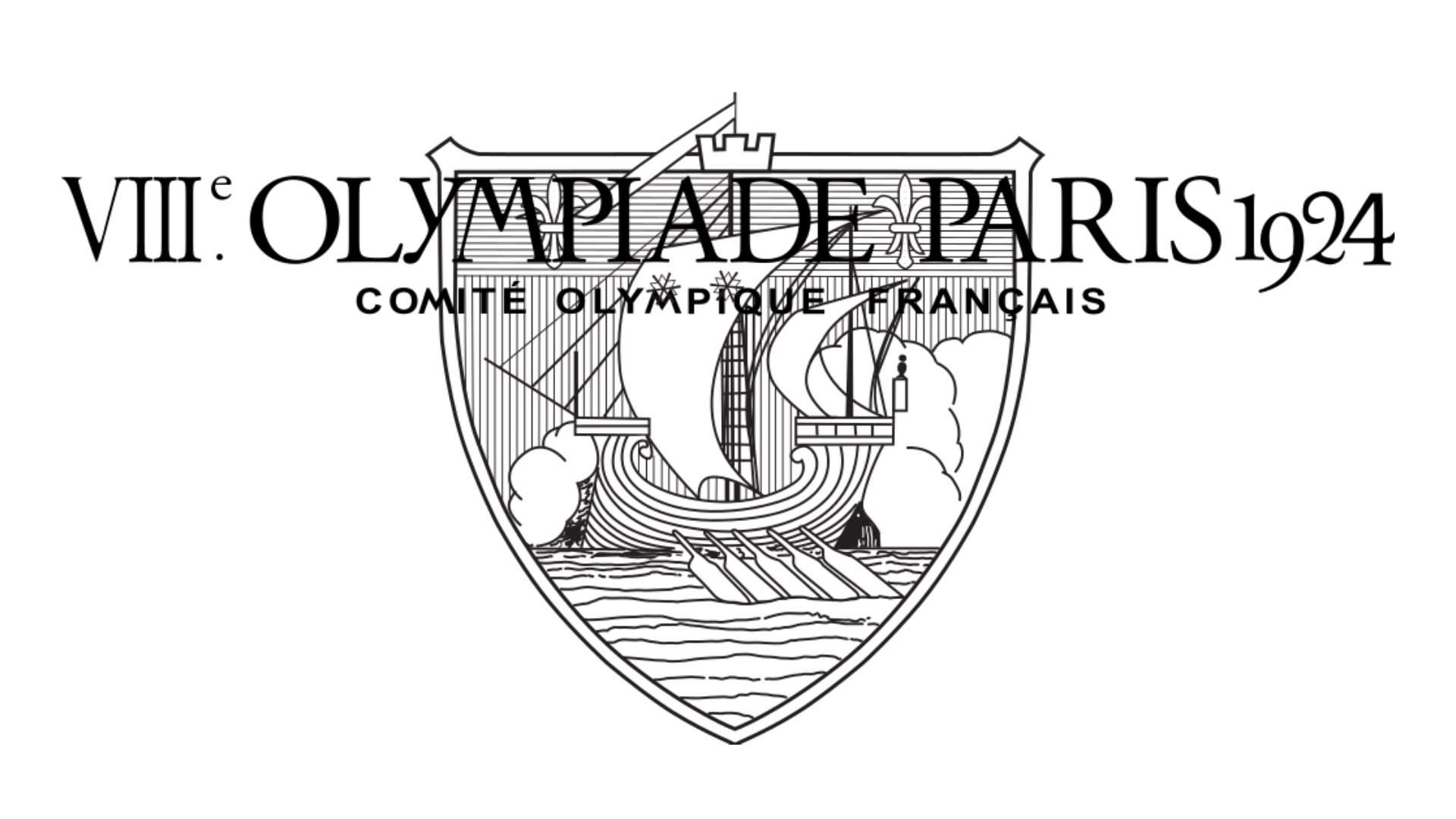
Photo: The Paris 1924 Summer Olympics logo.
Read more: Antwerp 1920 Olympics: Everything But The Kitchen Sink













